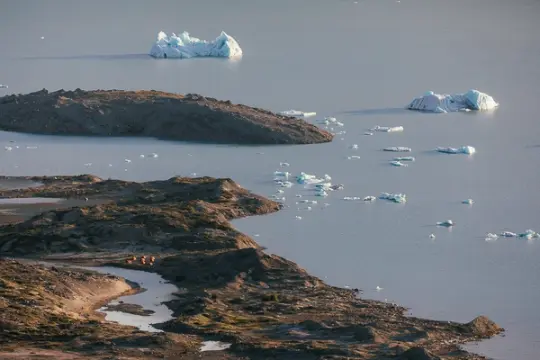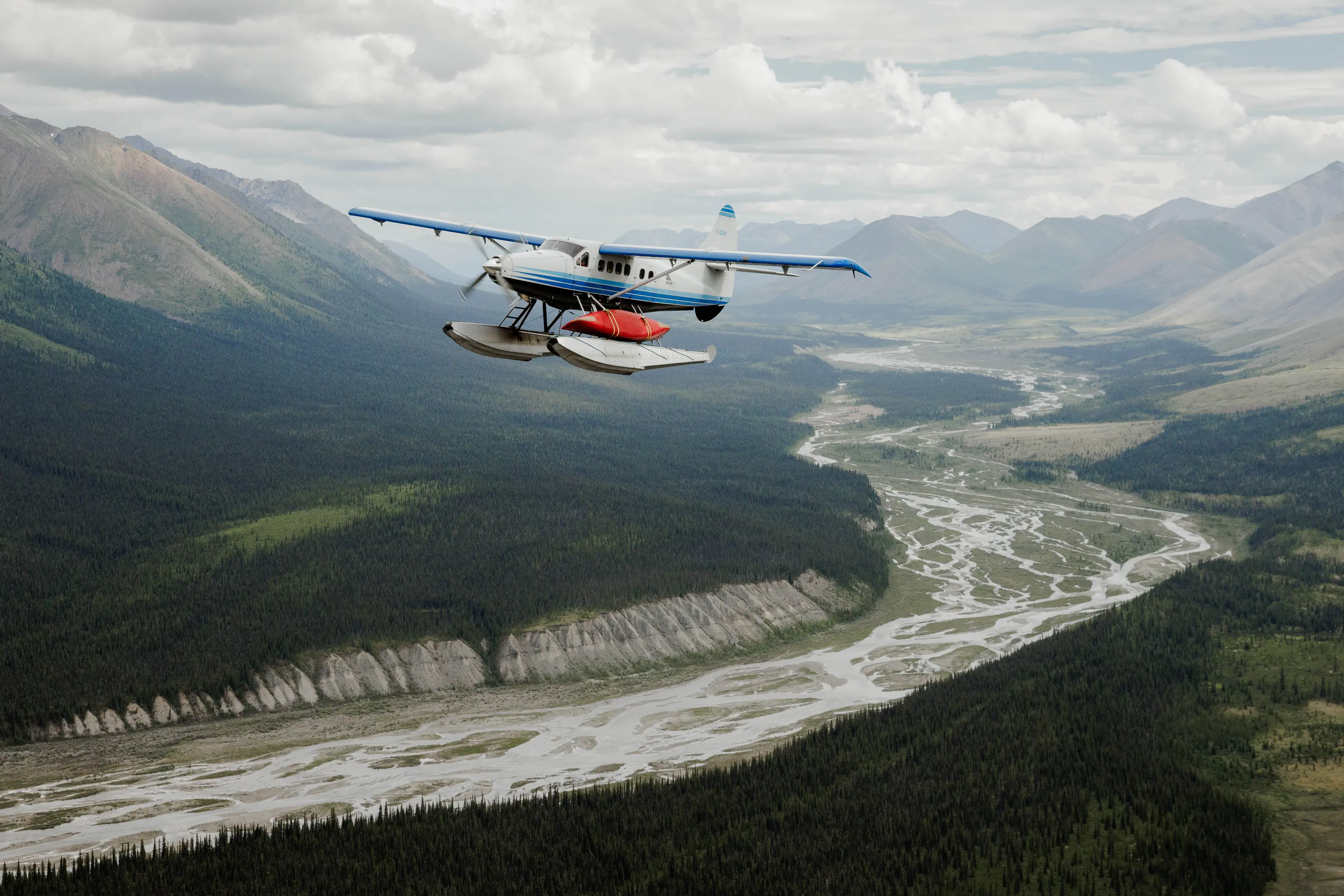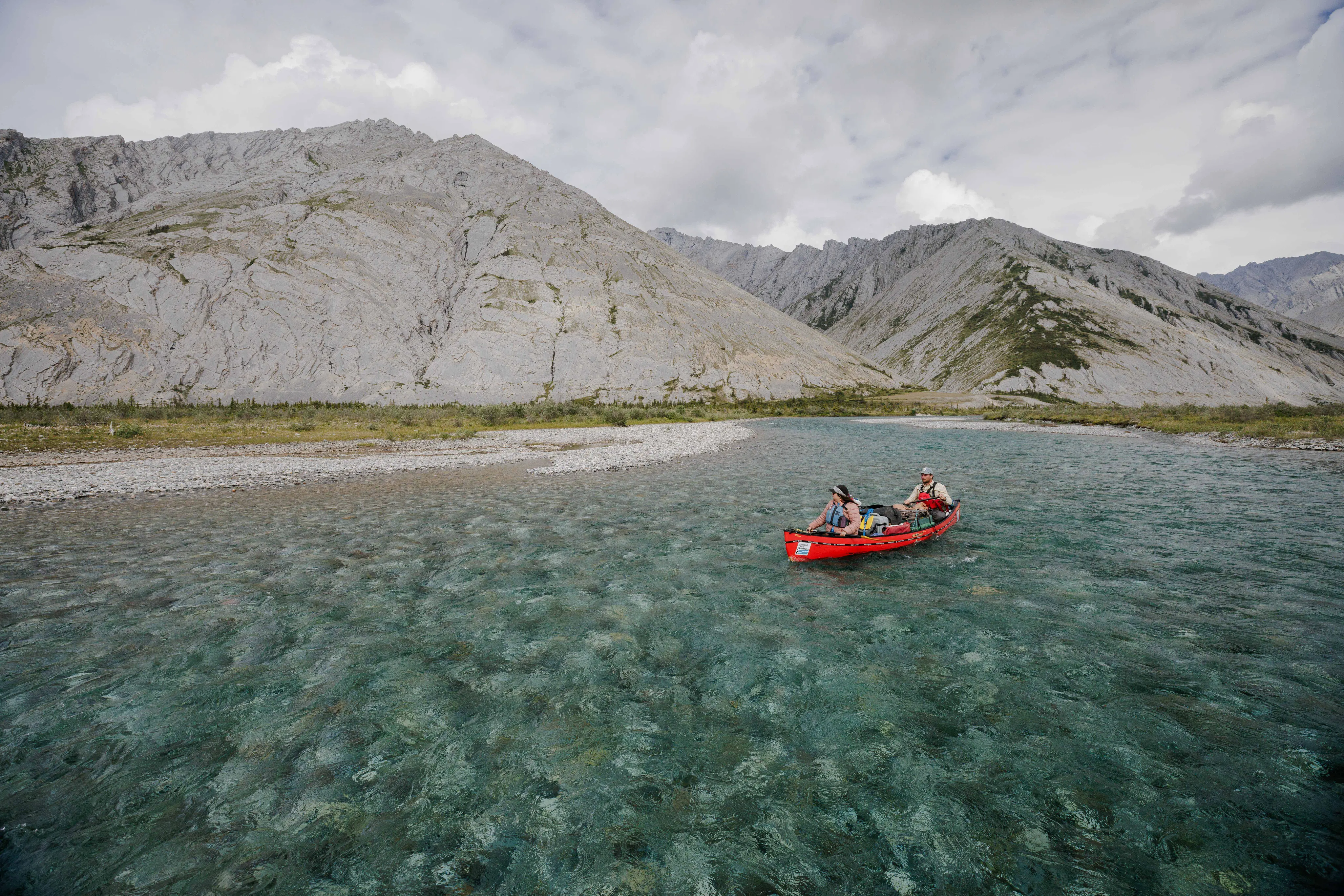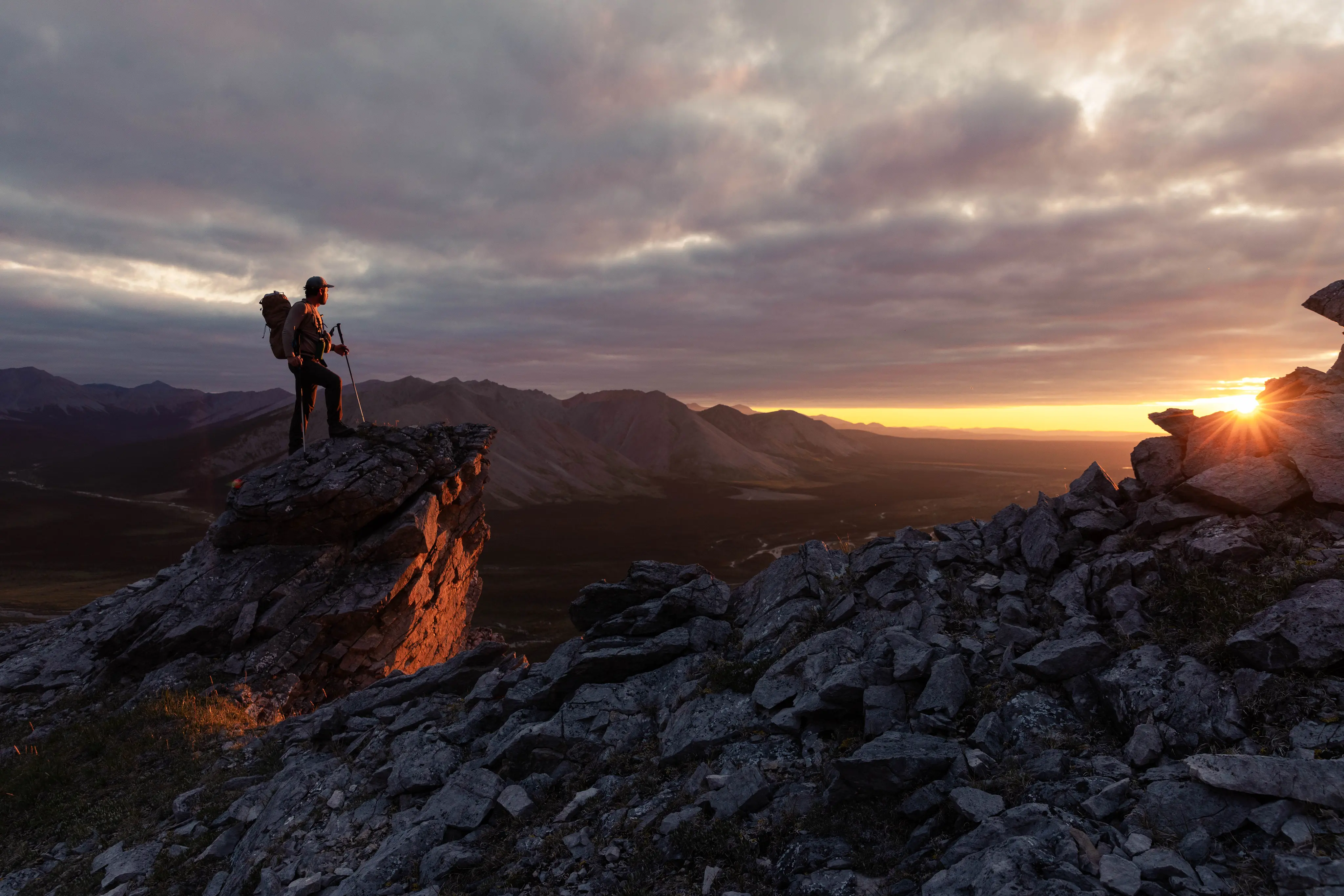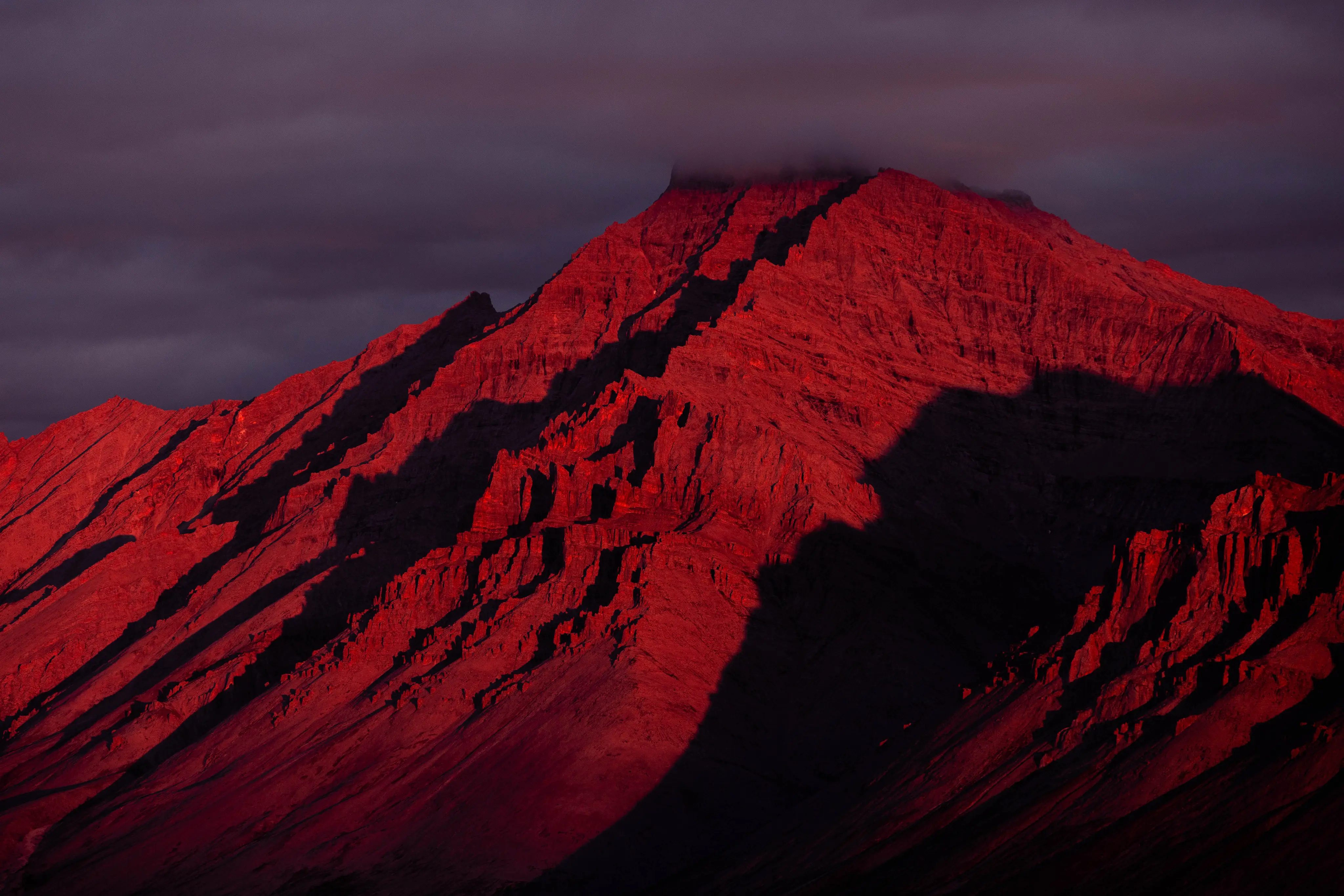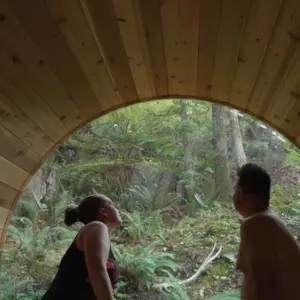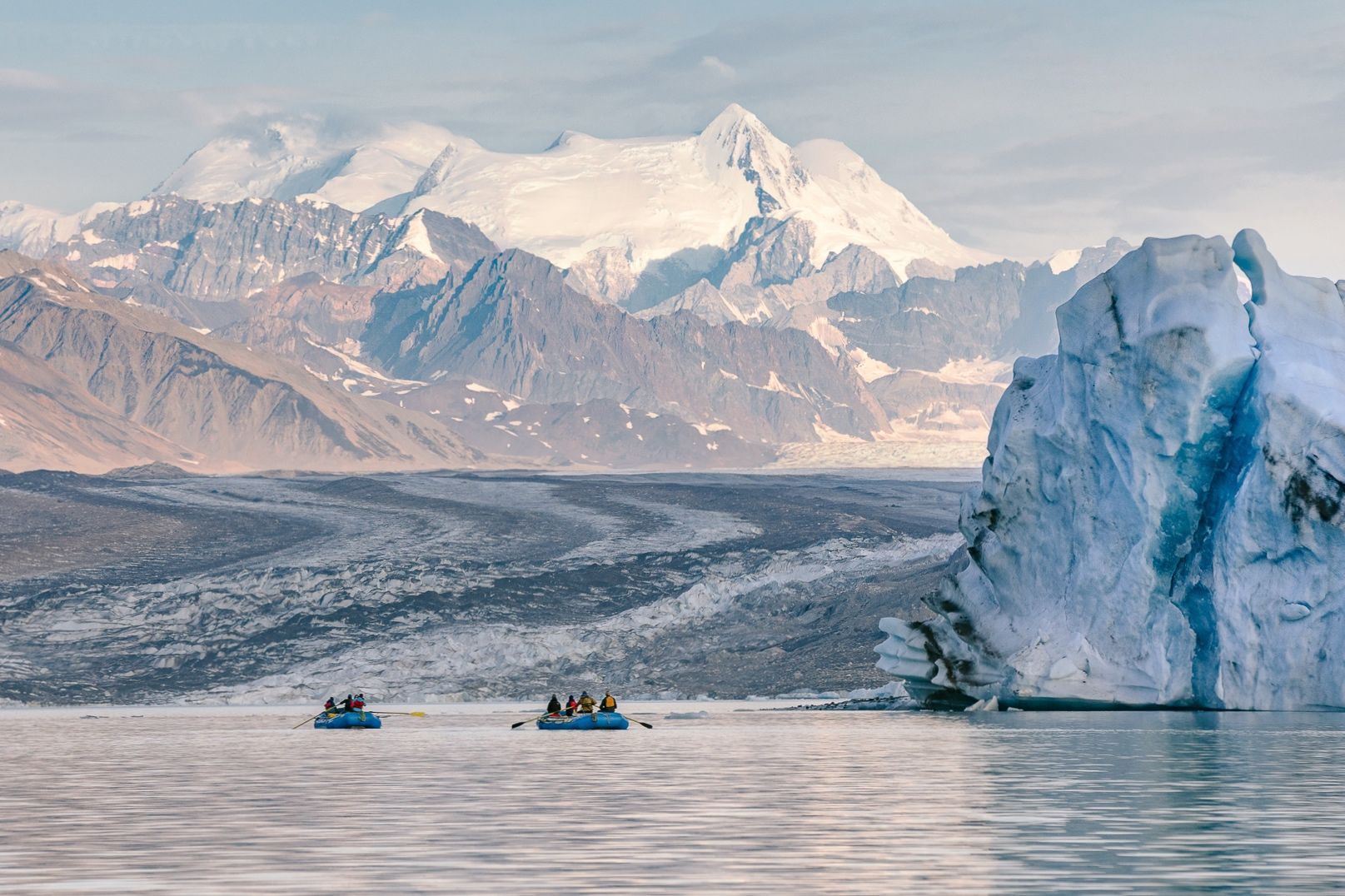
Twelve days. Three hundred kilometres. One remote canoe route through Canada’s wildest subarctic terrain. In Yukon’s remote northeast lies a place few ever see: the Wind River Valley, nestled deep within the vast, protected Peel Watershed. Adventure photographer and outdoorsman Taylor Burk paddled its wild currents - guided by Indigenous stories, glacier-fed waters, and the surreal silence of true wilderness.
By Taylor Burk
Share
This feature is presented in partnership with Travel Yukon. Photographer Taylor Burk shares his personal experiences from past trips to the Yukon and his latest paddling trip with Nahanni River Adventures. All photos courtesy of Taylor Burk.
There’s life before visiting the Yukon, and life afterwards.
Once you’ve been exposed to, and humbled by, the tallest mountains in the country, wide-open natural spaces that seem to warp your sense of scale, and long drives through endless boreal wilderness, it’s hard not to become attached. Add in the light that stretches and blends one day into the next, along with the eccentric northern charm, grit, and culture, and the place leaves its mark. That’s been my experience: feeling a stronger tie with each visit over the past 10 years. Those who’ve been know the pull to return, the “spell of the Yukon,” as they say.
THE YUKON FLOWS BEST BY CANOE
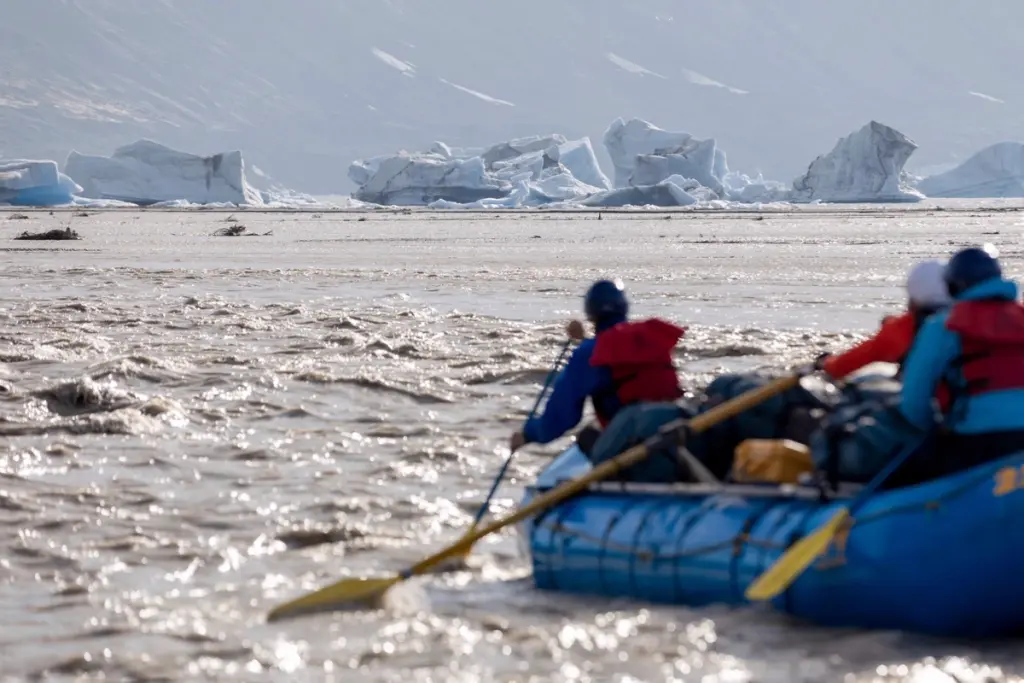
River travel, in my opinion, is the best way to truly experience the Yukon. You float in peaceful ease, watching dramatic, rugged landscapes drift past. The pace is slow enough for you to absorb every detail, yet swift enough to cover hundreds of kilometres along an aquatic highway through ever-changing terrain. These are moments only a paddling trip can offer.
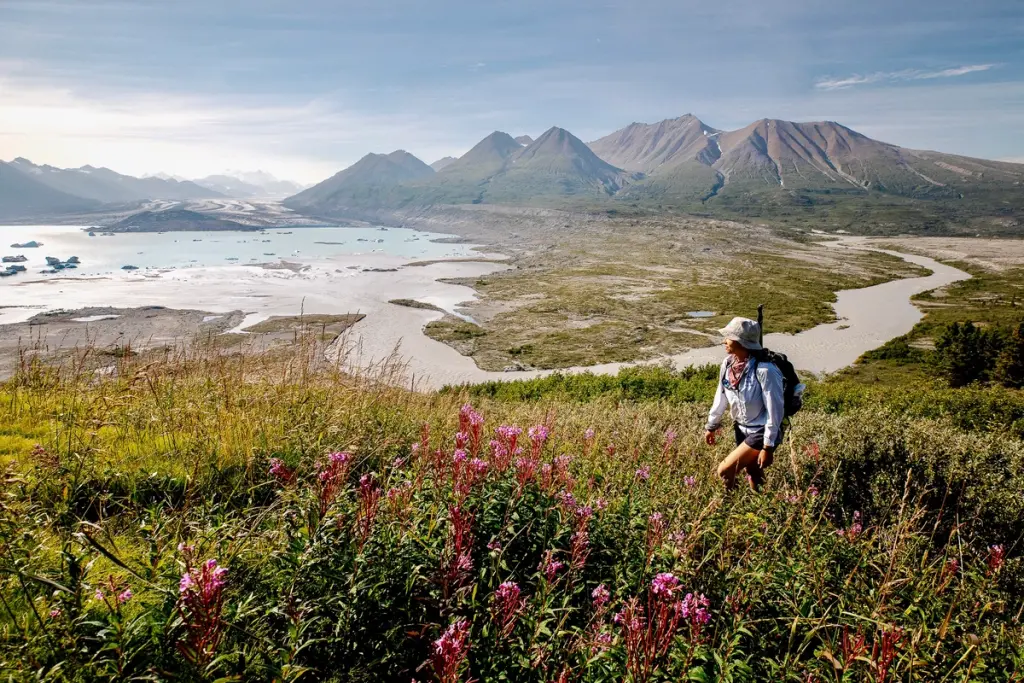
I first learned this in 2019, on a rafting trip with Canadian River Expeditions down the Alsek River to Lowell Lake, near the BC-Alaska border. For seven days, I felt impossibly small as the landscape shifted around me. We hiked and lounged along the riverbanks, savouring meals and desserts made possible by boat travel. We paddled beside icebergs taller than apartment buildings - mere specks compared to the icefields and 4,500-metre peaks towering behind them. That trip sealed it for me.
But nothing prepared me for my most recent journey.
INTO THE HEART OF THE PEEL
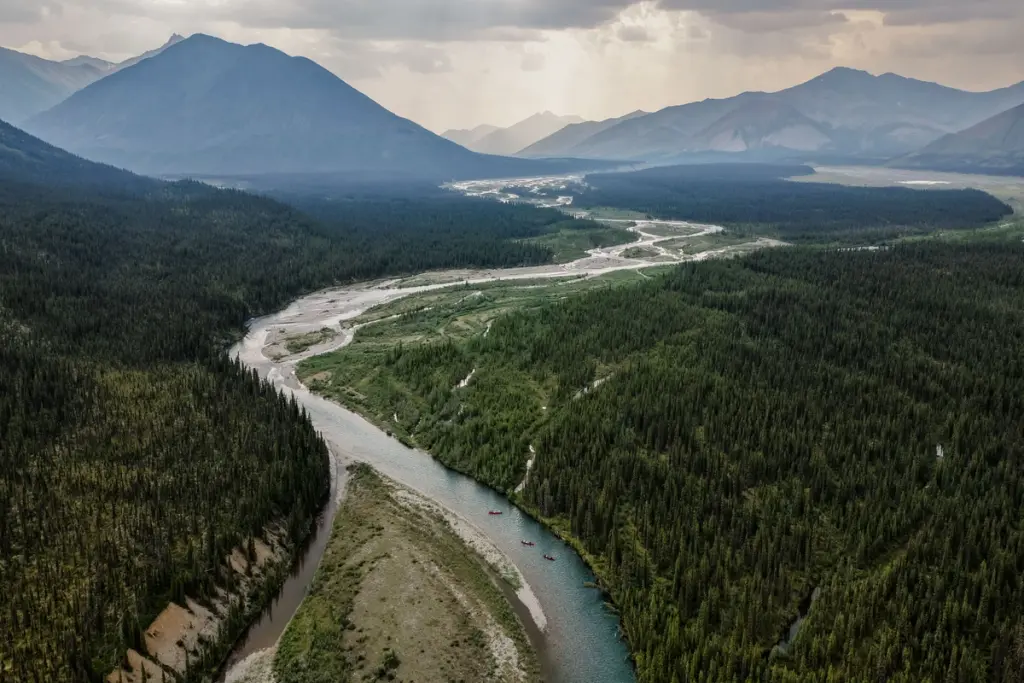
In the far northeast of the Yukon, in the Peel Watershed, I found myself in the most remote place I have ever been: the Wind River Valley - a place that feels dreamed into existence.
The Peel Watershed spans about 68,000 square kilometres of wilderness. It’s home to the Teetlit Gwich’in, whose name means “people of the headwaters.” For generations, the Peel has been a vital source of food, culture, and identity. Spending time on these rivers is also where I discovered that whitewater guides often go above and beyond to make a trip unforgettable. Local knowledge, skill, and pure enthusiasm make all the difference when navigating tricky logistics, braided channels, and rapids. And being surprised with freshly baked backcountry cinnamon buns or steak dinners doesn’t hurt, especially when you’re miles from home.
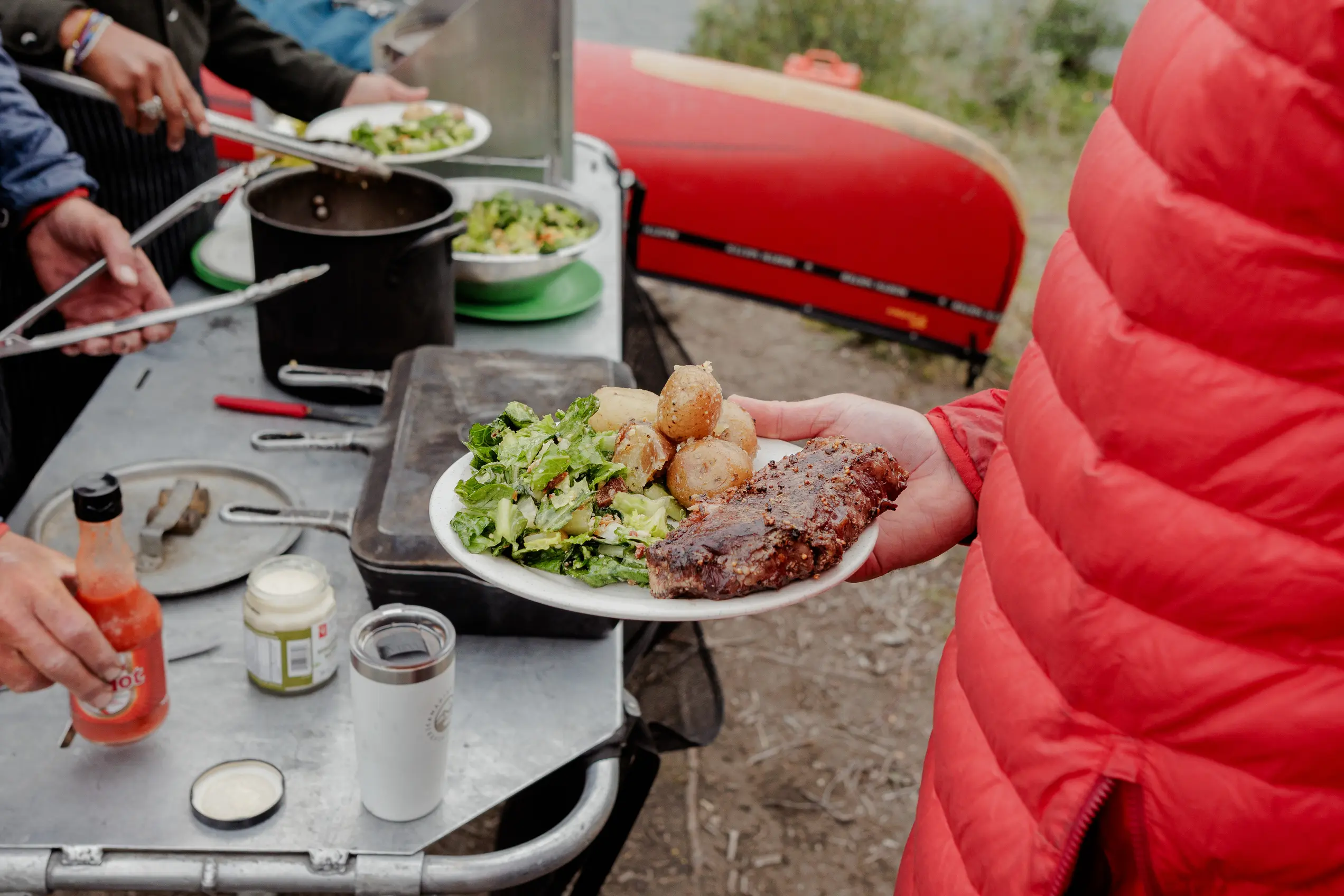
We arrived in true northern fashion - by floatplane - landing on McClusky Lake, a remote gem tucked into a mountain valley deep in the northern Mackenzie Range, far from any road. The hour-long flight from Mayo followed a five-hour drive from Whitehorse with canoes in tow. We kept our eyes glued to the windows, tracing the lay of the land we’d soon be paddling. Once the floatplane was unloaded, it lifted off, leaving eight of us alone in the wild with everything we needed for 12 days and over 300 kilometres of paddling to our pickup point. Excitement was high, but so were my nerves - it was my first canoe expedition, and I didn’t know what to expect. Thankfully, we were in good hands.
GUIDED BY HEART AND HERITAGE
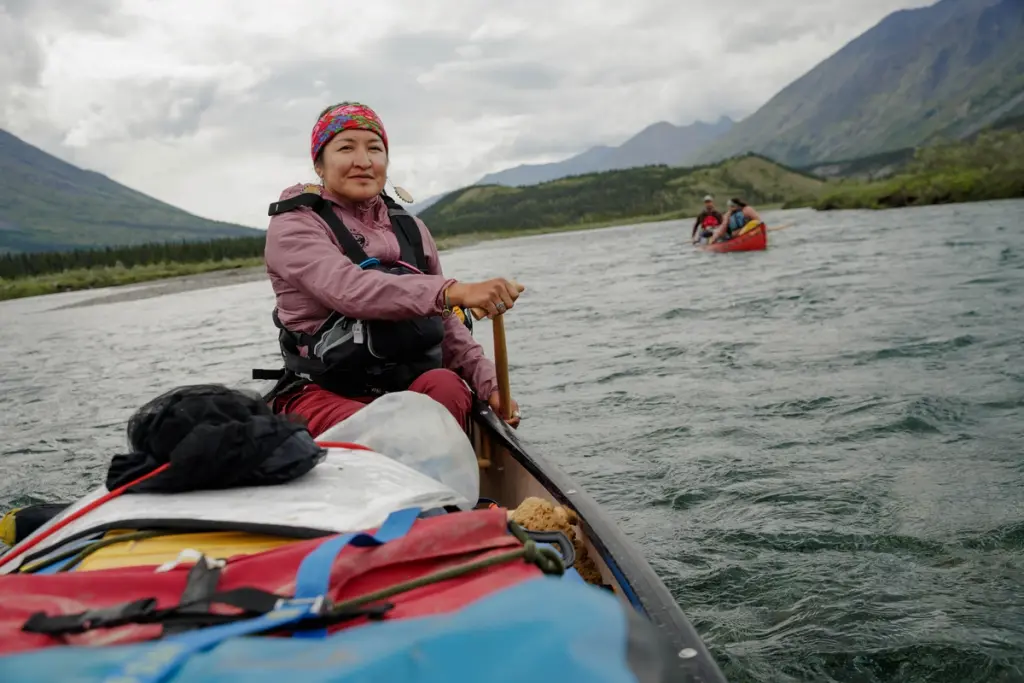
Our trip was organized by Nahanni River Adventures and led by Bobbi Rose, a lively and entertaining guide celebrating her 10-year anniversary paddling the Wind. This valley is the birthplace of her Teetlit Gwich’in ancestors. Bobbi’s guiding career began on this river, and she played a key role in protecting the Peel from mining, work that helped preserve its beauty for future generations. For her, guiding is a way to spend time on the land and share its stories from an Indigenous perspective, inspiring many young Indigenous paddlers along the way.
She was also my paddle partner, which made the trip even more memorable. We shared a lot of laughs, especially after I nearly tipped us over several times by grabbing the canoe gunnels (a big no-no). She taught me how to paddle and navigate the river safely, though for some reason that one lesson never stuck.
TURQUOISE CURRENTS AND STONE GARDENS
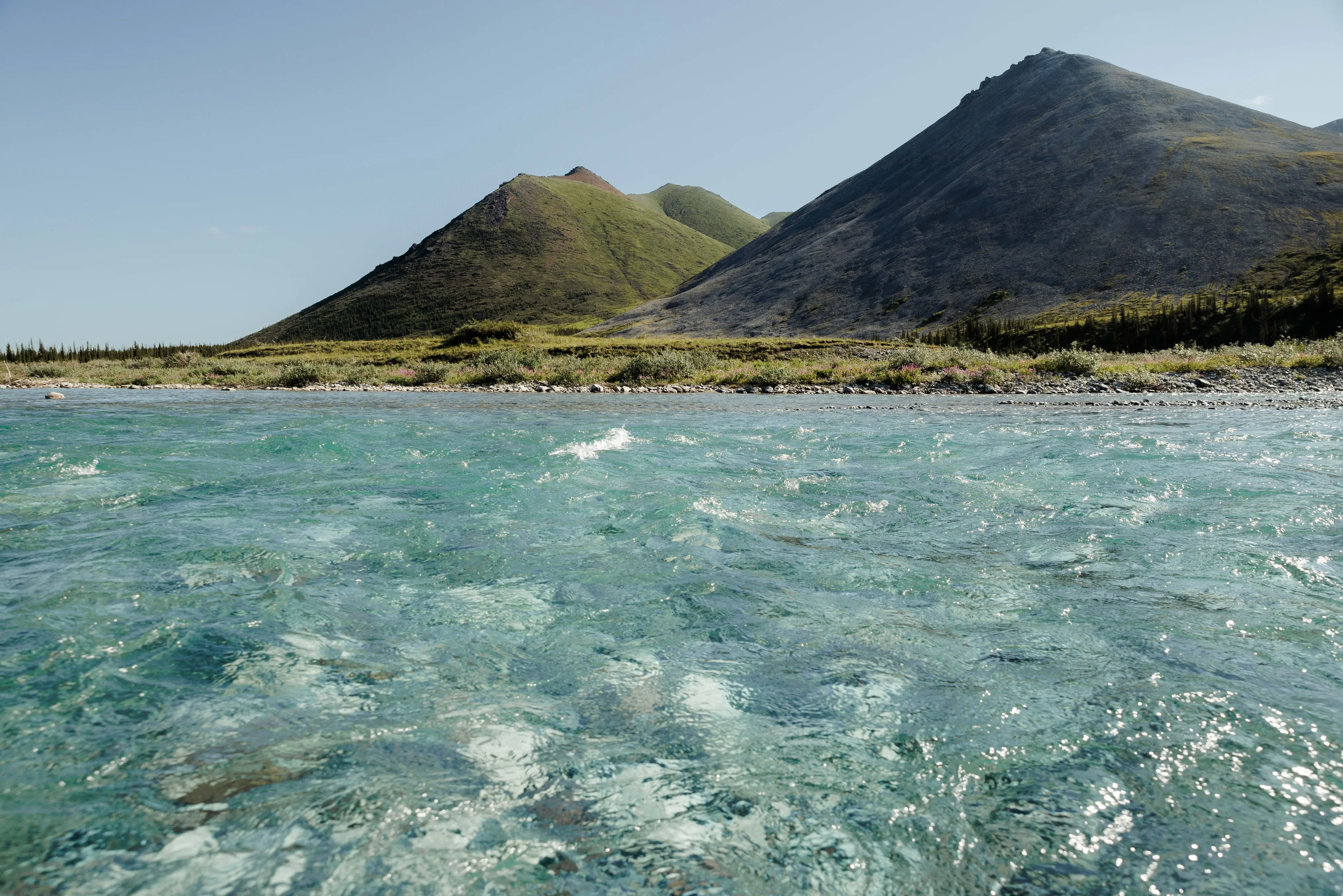
On the Wind River, the scenery and ridge-hiking opportunities are unmatched, but it was the water itself that left the biggest impression. So clear and turquoise that it defies description, it shifted with every change in light and depth, reflecting mountains in shades of copper, green, and slate. It��’s rare to be able to watch the riverbed slide beneath your canoe, a mosaic of bright stones and darting Arctic Grayling startled by your paddle strokes.
ROYAL MOUNTAIN’S CRIMSON CROWN
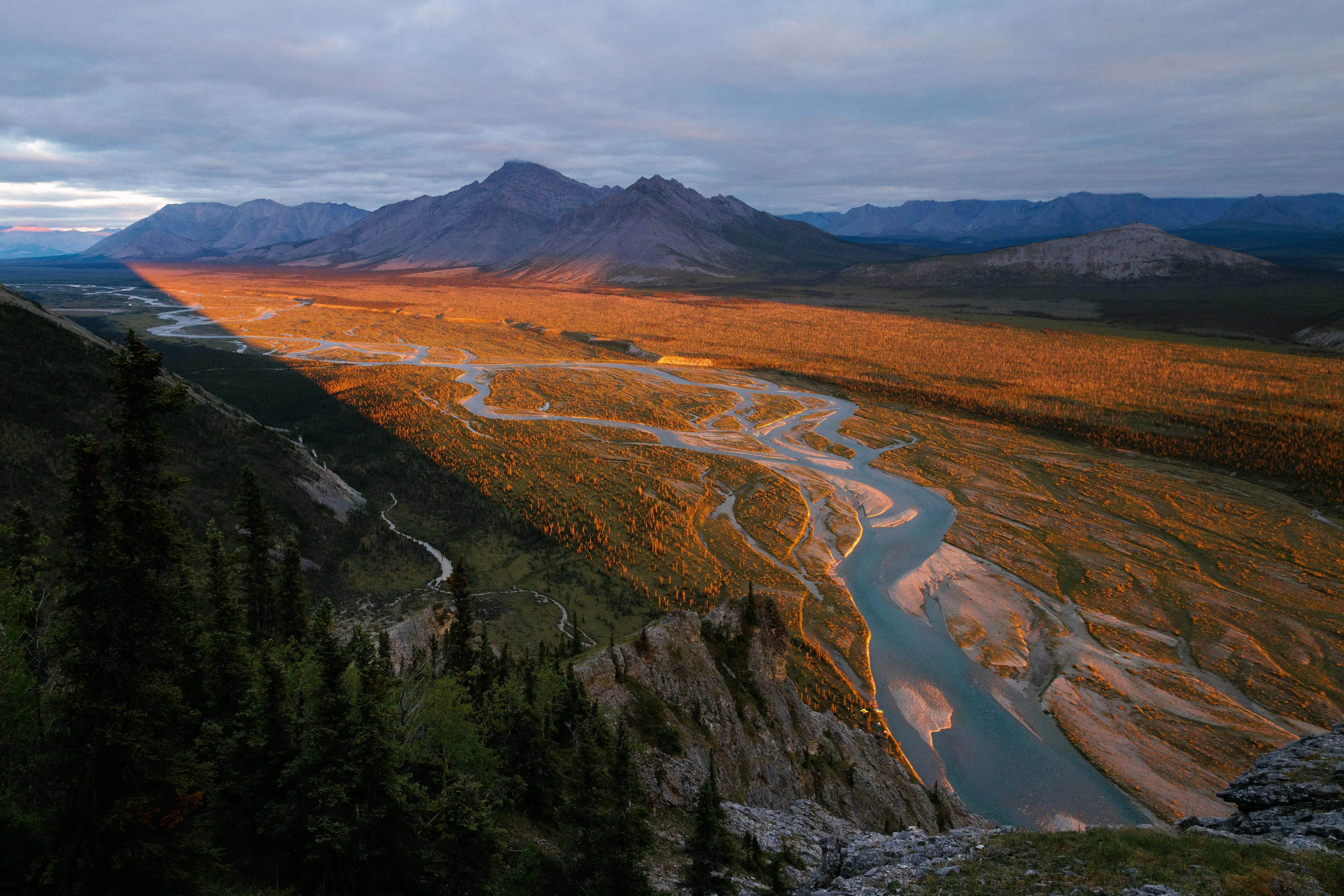
In summer, this far north, it never gets dark enough to need a headlamp. That endless twilight kept us outside for hours - something the mosquitoes seemed to appreciate. One evening, on a gray and rainy day, we noticed a strip of clear sky on the horizon where the sun would set. It was our cue to get up high to watch a light show unfold. Breathless from the climb, I turned to see the subarctic landscape awash in a warm orange glow. It looked like a sea of golden larches in full autumn colour. As the light climbed toward the summit of Royal Mountain, it deepened into a rich crimson, and I felt like I was dreaming.
THE JOURNEY STAYS WITH YOU
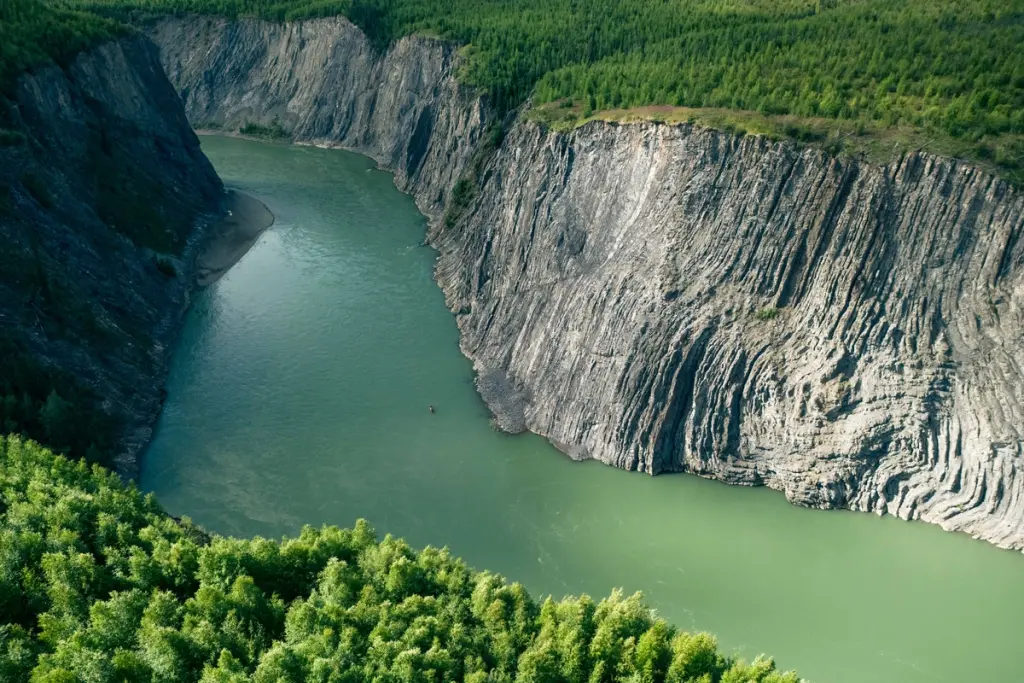
By the end of the trip, my paddle strokes were in sync, camp routines second nature, and I dreaded leaving the isolation and silence of one of the most beautiful places I’ve ever had the pleasure of visiting.
Paddling in the Yukon, especially in its most remote reaches, strips away distractions and immerses you in raw beauty in a way no road or trail ever could.
The pull to return north remains stronger than ever.
For more information and resources about paddling in the Yukon, please visit Travel Yukon.

Taylor Burk
Contributor
Taylor Burk is a BC-based adventure photographer known for capturing breathtaking moments that celebrate Canada’s natural beauty. Taylor specializes in immersive storytelling, blending outdoor exploration with artistic vision. From remote coastlines to towering mountain peaks, his work reflects a deep connection to nature and a passion for inspiring others to explore.
